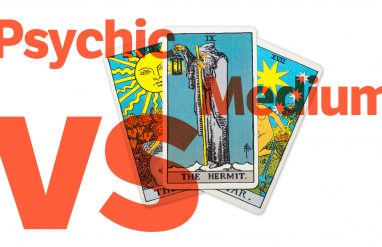The words to, too, and two sound exactly alike but are used in completely different ways. They are classic examples of what we call homophones—words that are pronounced the same but have different meanings and spellings. Because they’re so similar, they often get mixed up in written language.
In this article, we’ll give you everything you need to make sure you choose the right to, too, or too every time.
⚡ Quick summary
The extremely common word to is a preposition that can be used in many different ways, such as to indicate motion or direction toward something, as in Go to the store. The word too is an adverb most commonly meaning “also” (as in I’d like to go, too) or “to an excessive amount or degree” (as in Don’t add too much sugar). The word two is the number 2. The most common mistake involving the three words is using to when it should be too, or vice versa. So when you want to use to, don’t use too many o’s!
to vs. too vs. two
To is a very common word that performs many different functions, such as expressing direction (I’m driving to the office) or contact (Pin it to the wall), indicating an object or recipient (Give it to me), or setting a range (9 to 5) or limit (These go to 11).
Too means “also” (I’m going, too) or “to an excessive degree” (too much). Two is the number 2.
The words are used in very different ways: to is most commonly used as a preposition, while too is an adverb.
Two is a number that can be used as a noun (I have two) or an adjective (two wheels).
How much do you know about homophones? How about homographs and homonyms? Read more here.
When to use to vs. too
The most common mistake involving all three words is using to when it should be too, or vice versa.
Here’s the best way to remember whether the spelling should be to or too: if you mean to, don’t use too many o’s!
You can also remember that too means “also” because an extra o has tagged along, as if it had asked, “Can I come, too?”
to late vs. too late
When something doesn’t happen or someone or something doesn’t arrive or do something in time, we indicate this by using the set phrase too late, in which the adverb too indicates that an amount or degree has been exceeded.
For example:
- I’m sorry, I’m afraid you’re too late.
- It was a case of too little too late.
This doesn’t mean, however, that the words to and late will never appear next to each other in a sentence. It’s uncommon, but it can happen.
For example: When I’m too late for the afternoon matinées, I like to have lunch, shop for a while, and go to late showings.
Examples of how to use to, too, and two in a sentence
- I tried to go to the movie, but I got to the theater too late.
- My friend missed the show, too.
- Tickets and popcorn cost too much anyway.
- We went to get ice cream instead and the two of us both got three scoops—which was two scoops too many!














